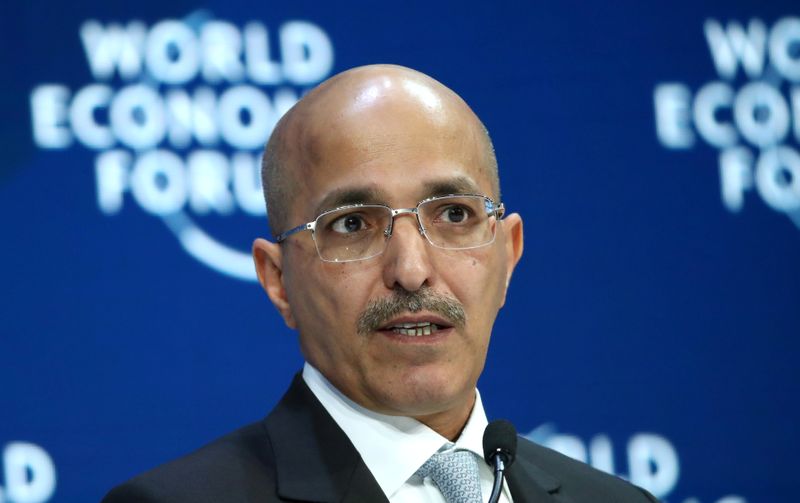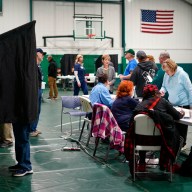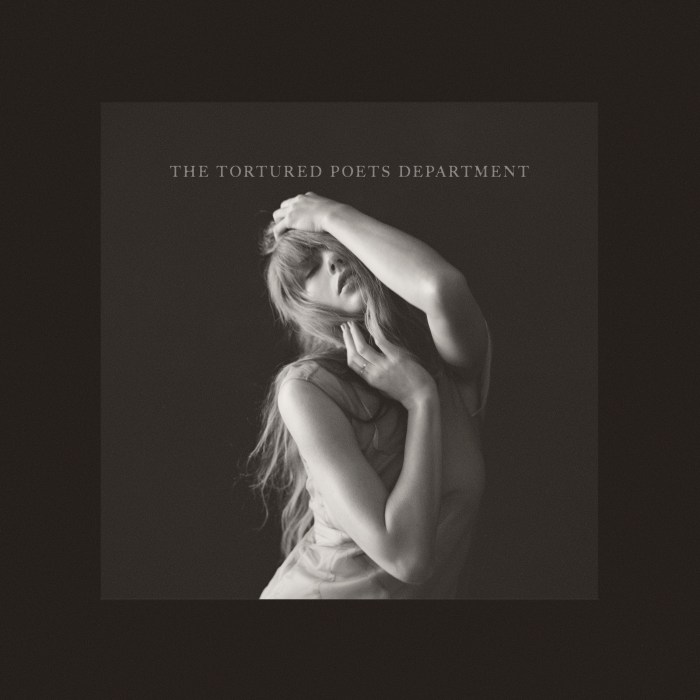DUBAI (Reuters) – Saudi government dollar bonds posted losses on Monday after the finance minister said Riyadh would have to take painful measures to deal with the impact of the coronavirus and Moody’s downgraded the country’s ratings outlook.
Moody’s cut Saudi Arabia’s outlook to negative from stable on Saturday, citing higher fiscal risks due to the crash in oil prices, and uncertainty about the government’s ability to offset oil revenue losses and stabilize its debt in the medium term.
By 1540 GMT on Monday, Saudi Arabia’s 35-year bonds due in 2055 had lost 1.4 cents to trade at 89.85 cents on the dollar, while its 40-year bonds due in 2060 shed 1.5 cents to trade at 98.2 cents on the dollar, Refinitiv data showed.
The country saw steep losses on its other bonds as well, while most other sovereign bonds in the Gulf region saw smaller losses in early trade and some even strengthened marginally.
Saudi Finance Minister Mohammed al-Jadaan said on Saturday the government “must reduce budget expenditures sharply” and that the impact of the new coronavirus on state finances would be felt from the second quarter of the year.
Japan’s Mitsubishi UFJ Financial Group Inc (MUFG), in an analyst report on Monday, said that large fiscal deficits could put pressure on the country’s credit rating and borrowing costs.
MUFG said it expected Saudi Arabia’s real GDP to contract 3.2% this year, its worst performance since 1999. It also forecast public debt would rise to 31.6% of GDP – the highest since 2005 – and foreign reserves would fall by up to $47 billion.
Saudi Arabia’s large capital buffers will allow it to weather low oil prices over the medium term, the bank said in its note, also commending the kingdom’s forward guidance to markets regarding its policy responses to the economic shock.
Saudi Arabia has imposed strict measures to stem the spread of the coronavirus, including halting flights and imposing curfews.
As of Sunday, the kingdom had reported 27,011 infections and 184 deaths, both the highest among the six Gulf Cooperation Council countries.
MUFG said that the Saudi riyal’s peg to the U.S. dollar remained “bullet-proof” despite market fears over its long-term stability.
“While we expect the peg to be maintained, large fiscal deficits are likely to put pressure on the sovereign’s credit ratings and cost of funds, which could build vulnerabilities over the medium term,” the bank said.
The central bank, the Saudi Arabian Monetary Authority, reaffirmed its commitment to pegging the riyal to the dollar, calling it a strategic choice that has contributed to the kingdom’s economic growth for over three decades.
It added in a statement: “The authority pointed to the strength of its foreign exchange reserves and its ability to meet all the requirements of the national economy in foreign currencies, covering approximately 43 months of imports.”
An S&P Capital IQ model based on CDS prices currently shows markets pricing Saudi Arabia as BBB-, just one notch above “junk”, or sub-investment grade as it is formally known.
Saudi Arabia is rated A by Fitch, A2 by Moody’s and A- by S&P.
Saudi Arabia increased its debt ceiling to 50% of GDP from a previous 30% in March and has already raised $12 billion in international bonds this year.
(Reporting by Yousef Saba; Additional reporting by Marc Jones in London; Editing by Toby Chopra/Pravin Char/Susan Fenton and Nick Macfie)



















